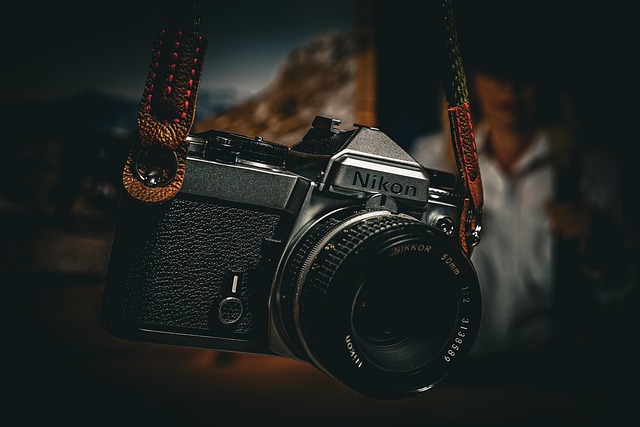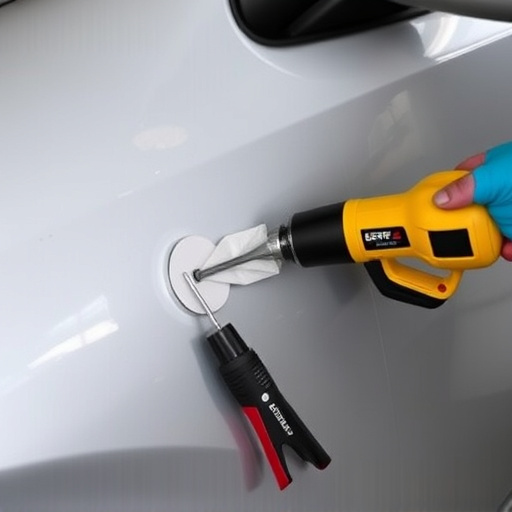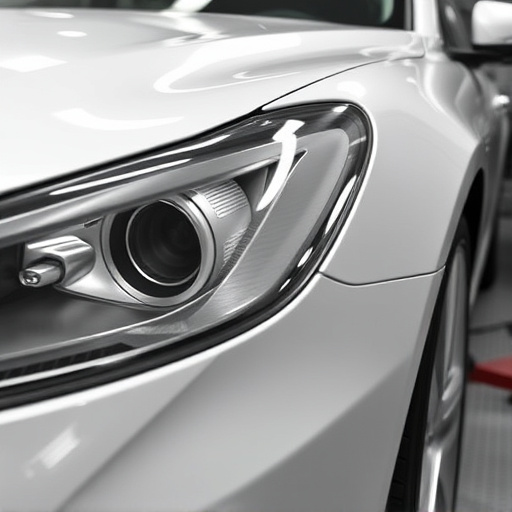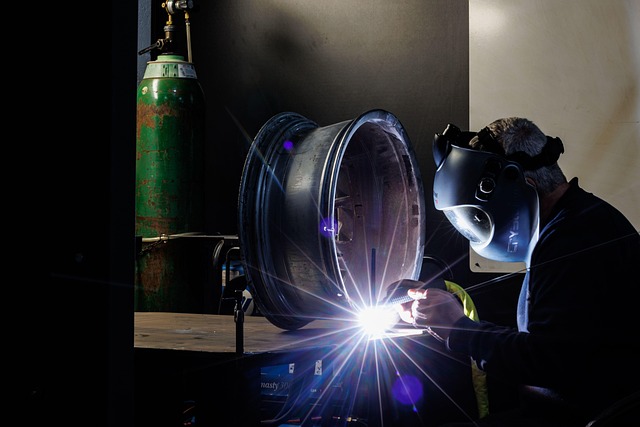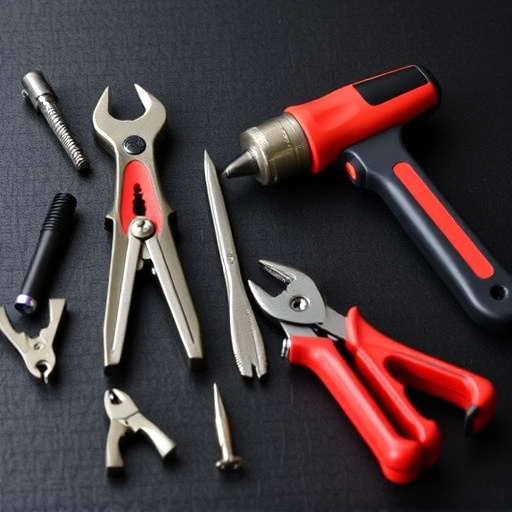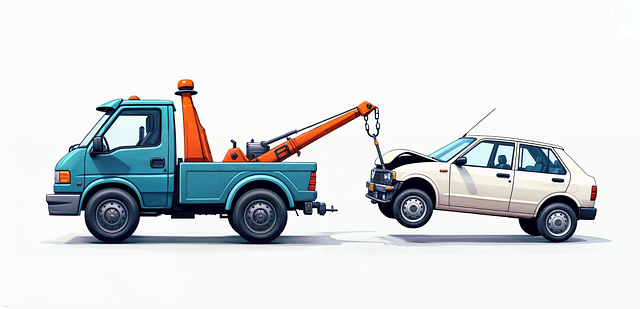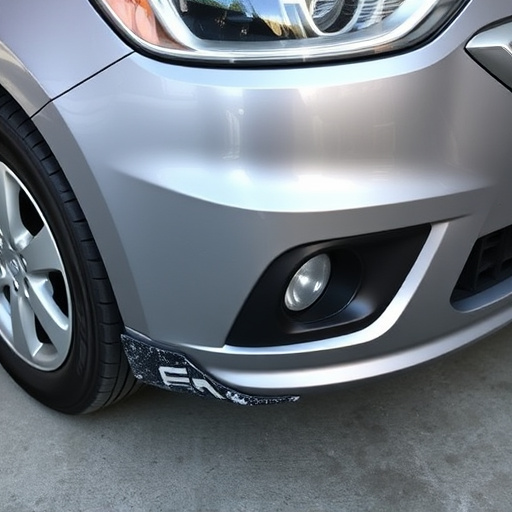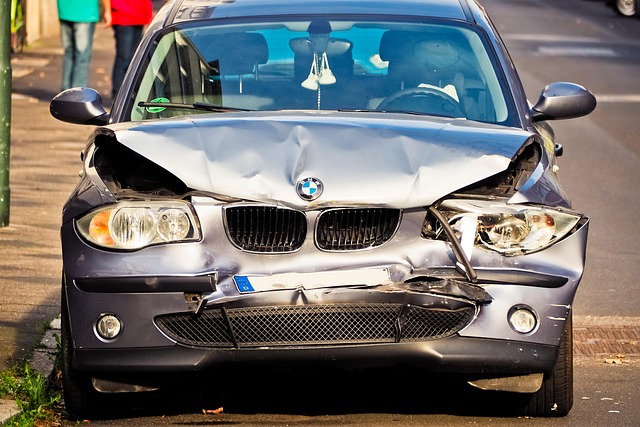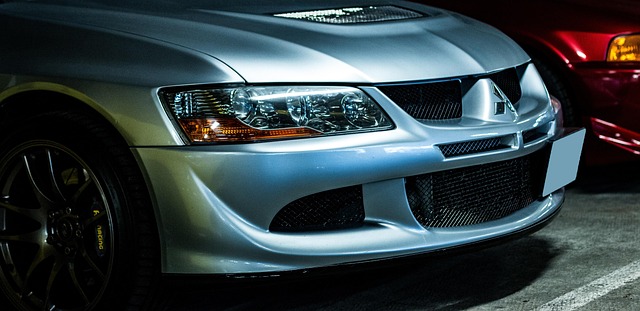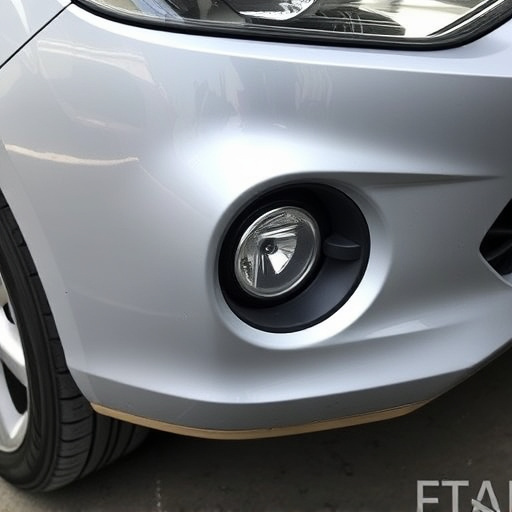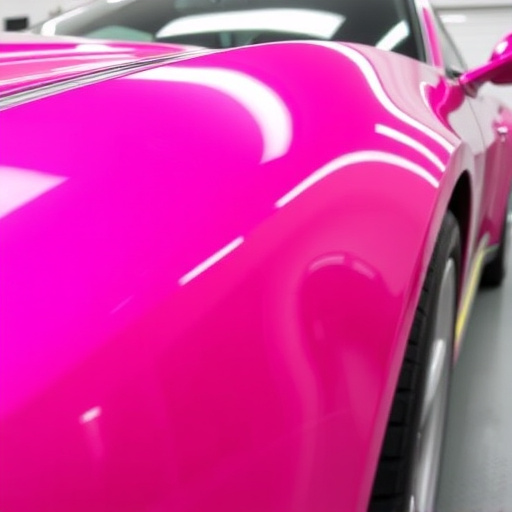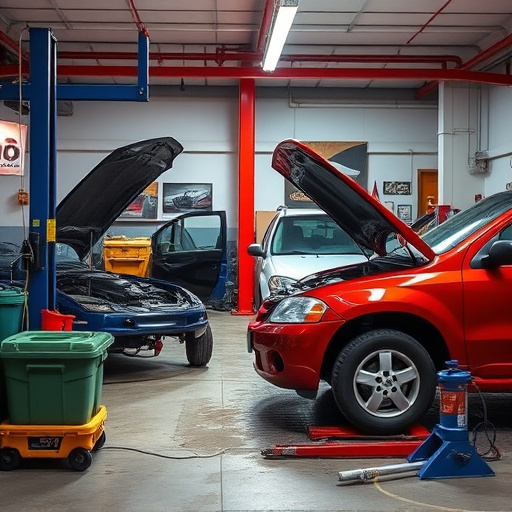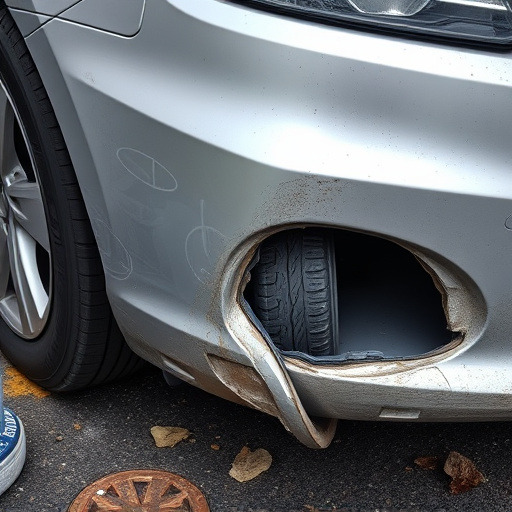Tri-coat paint repair is a meticulous process aiming to restore damaged vehicle paintwork to its original state, featuring a base coat and precisely matched middle and top coats. The key element is a clear coat that provides a durable, glossy finish, protects from UV exposure and environmental damage, ensuring the longevity of the vehicle's exterior. Skilled technicians follow best practices for application and drying to achieve a flawless finish, indistinguishable from the rest of the vehicle body, in processes like fender repair or paintwork restoration.
“Uncover the secrets behind achieving flawless results with Tri-Coat paint repair, a process designed to restore vehicles to their original glossy glory. This comprehensive guide delves into the intricate world of automotive painting, focusing on the transformative power of clear coat.
Learn how this final layer enhances durability and shines, ensuring long-lasting repairs. From understanding the tri-coat process to exploring best practices for clear coat application, this article provides valuable insights for professionals and enthusiasts alike.”
- Understanding Tri-Coat Paint Repair Process
- The Role of Clear Coat in Enhancing Repair Results
- Benefits and Best Practices for Using Clear Coat
Understanding Tri-Coat Paint Repair Process
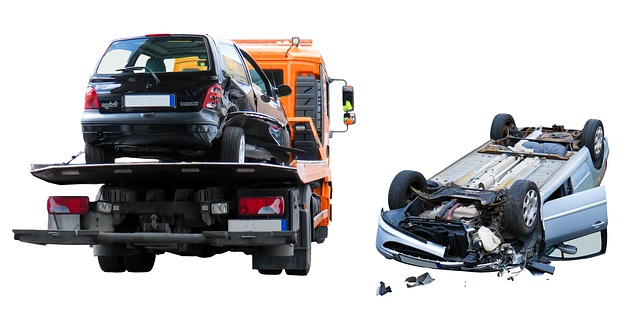
The tri-coat paint repair process is a meticulous art in the realm of collision repair services. It involves restoring damaged vehicle paintwork to its original condition, ensuring a flawless finish. This method goes beyond simple painting; it’s about recreating the vehicle’s aesthetic integrity. The process begins with careful preparation, where the damaged area is thoroughly cleaned and any loose debris removed. Then, a base coat is applied, serving as a crucial foundation for the subsequent layers.
The magic happens in the application of the middle and top coats, which are specifically designed to match the vehicle’s original paint color precisely. This meticulous layering aims to replicate the look and feel of the original paint job, concealing any signs of damage or imperfections. The final step involves curing the clear coat under controlled conditions, ensuring it hardens properly and provides a durable, glossy finish that protects the underlying layers, thus showcasing the expertise of vehicle collision repair professionals.
The Role of Clear Coat in Enhancing Repair Results
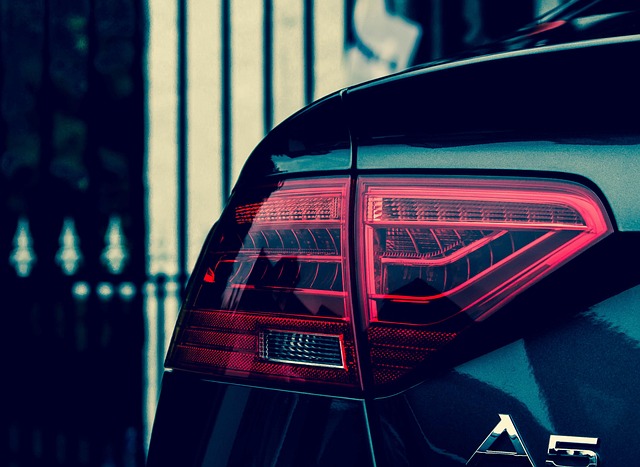
The clear coat plays a pivotal role in enhancing the results of tri-coat paint repair. After the initial damage is assessed and the base coats are meticulously prepared, applying a high-quality clear coat acts as the final protective layer. This transparent coating not only adds a glossy finish but also seals the repaired area, shielding it from future UV exposure and environmental damage that could cause fading or discoloration.
By bonding tightly with the underlying layers, the clear coat creates a seamless fusion, making the repaired section nearly indistinguishable from the original paint job. This is especially crucial in an auto collision center where vehicle collision repair expertise meets precision finishing. An auto repair shop’s ability to expertly apply clear coat can significantly impact the overall aesthetic and longevity of the tri-coat paint repair work.
Benefits and Best Practices for Using Clear Coat
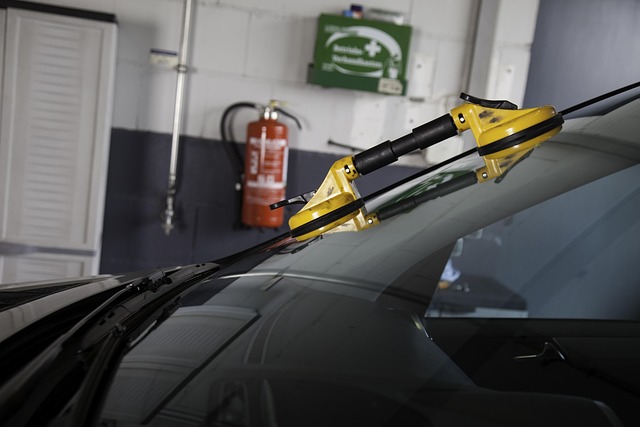
Clear coat plays a pivotal role in enhancing the results of tri-coat paint repair, offering numerous benefits that ensure longevity and a seamless finish. Its primary advantage lies in providing an extra layer of protection for the underlying layers of paint, effectively shielding them from environmental damage, scratches, and fading. This is particularly crucial in the auto repair shop or during vehicle body repair, where the restoration of a car’s exterior to its original condition is paramount.
When applying clear coat for tri-coat paint repair, best practices dictate careful preparation and precise application. Sanding between coats ensures a smooth surface for optimal adhesion. A clean, dust-free environment is essential, as contaminants can lead to bubbles or splotches that compromise the final finish. Skilled technicians know that allowing adequate drying time between coats and using the right tools for application, like professional spray guns, can significantly impact the outcome, making the repaired area indistinguishable from the rest of the vehicle body in fender repair or any other paintwork restoration process.
Clear coat plays a pivotal role in enhancing the results of tri-coat paint repair, providing an extra layer of protection and depth. By understanding the process, recognizing its benefits, and adhering to best practices, you can ensure that your repaired surface not only matches the original finish but also stands the test of time. Incorporating clear coat into your tri-coat paint repair routine is a game-changer, offering both aesthetic improvement and long-lasting durability for your vehicle’s or surface’s paint job.
